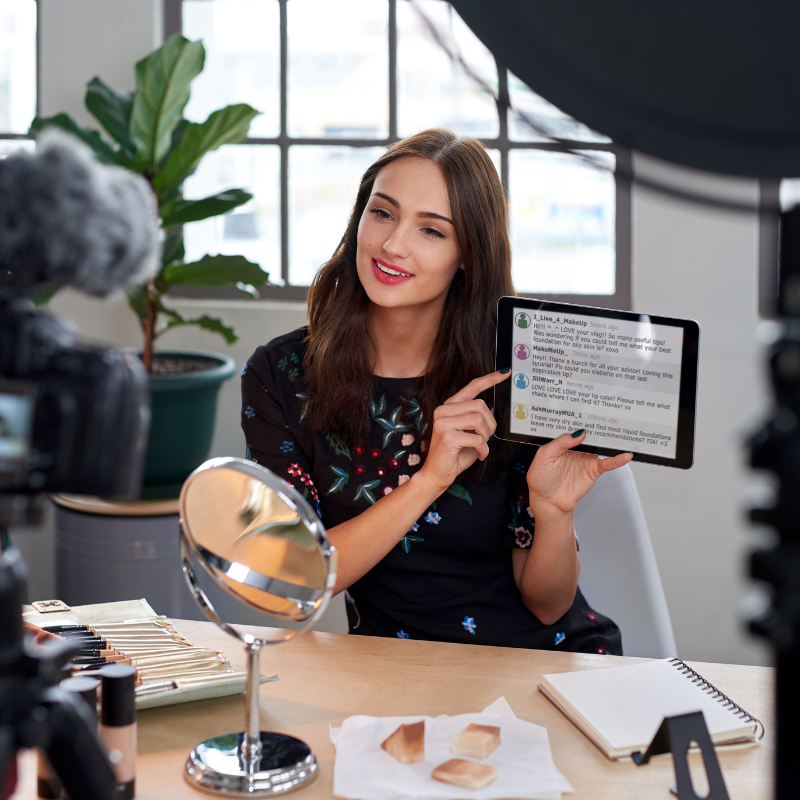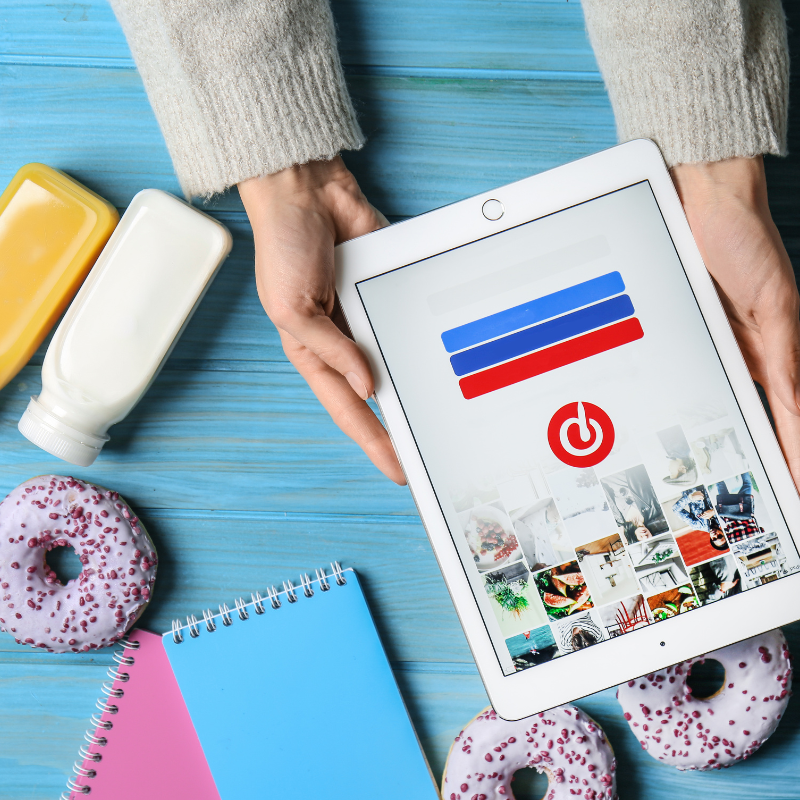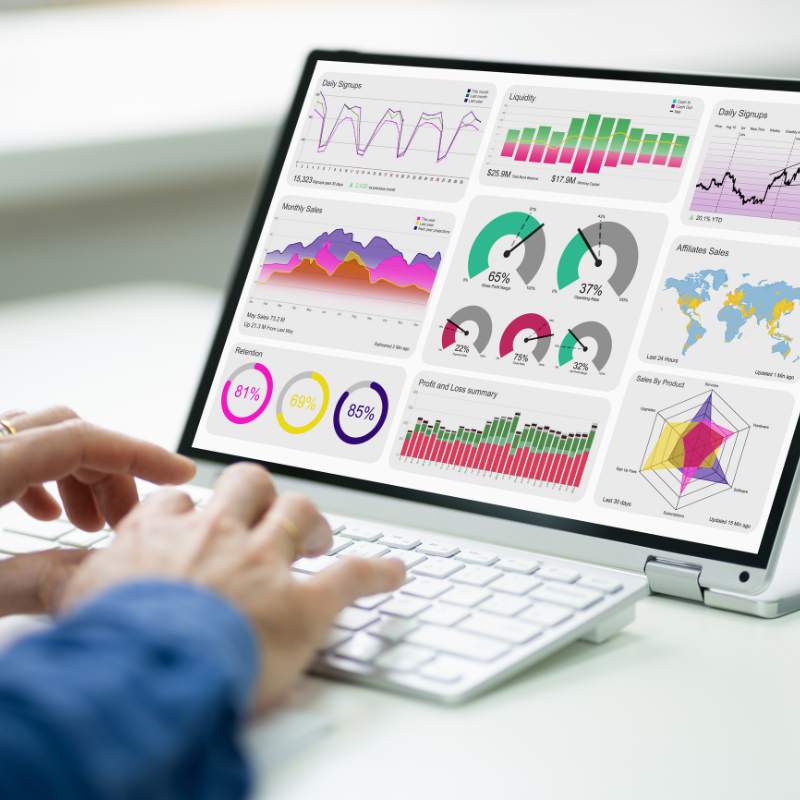A CMS or Content Management System is an integral part of the digital landscape. It is very essential for bloggers, developers, and writers. Also, businesses need this too. Are you also seeking the best CMS in 2024 for your enterprise? Then don’t worry.
There are various CMS options available in 2024 that stand for their unique features. That will help to maintain your content and enhance the efficiency of your business. So, let’s dig into this blog. And find the right cms for your business, along with each pros & cons and many more. But first have a brief introduction about what a CMS is!
Here you go!
Content Management System Or CMS | An Overview
A Content Management System or CMS is a software application. The main work of CMS simplifies building, organizing, & updating websites without coding. It acts as a control center. In CMS you can add, edit, delete, & rearrange content. For example, text, pictures, videos, and documents. The perks of CMS are substantial.
It will enhance the user experience, readability, and so on. Versatility is a key strength of a CMS. Small businesses can build and maintain professional websites without hiring a developer. Larger enterprises can manage multiple sites.
Moreover, apps with different team members contribute content easily. Regardless of this, bloggers & content creators can publish. As well as organize posts for hassle-free navigation. E-commerce stores can showcase their products.
Additionally, manage orders, and ensure a smooth shopping experience for the customer. Overall, CMS is for everyone. Startups or larger firms don’t matter.

List Of The Key CMS In 2024
WordPress – The Giant Dominator
WordPress continues to dominate the CMS market till now. It is the king. It is proven because WordPress is ruling over 40% of websites worldwide. It is famous due to its suppleness, and extensive plugin ecosystem. Whether you’re a beginner or an experienced developer. WordPress provides a solution for everyone.
Pros
User-Friendly – It will emerge as one of the best CMS in 2024. The installation and use are very easy. Hence, no assistance is needed to set up and use WordPress.
Extensive Plugins – It delivers thousands of plugins to extend functionality.
Cons
Security Risks – Being so popular, it’s a frequent target for hackers.
Performance Issues – Can become sluggish with too many plugins or poorly coded themes.
Wix – The DIY-Friendly Option
Launched in 2006 wix is a renowned Israeli company. The firm is famous due to its software and cloud services. Thus, making the company a favorite among small startups & individuals who want to create a website without coding. The company delivers a wide array of templates. Additionally, SEO tools too and e-commerce services.
Pros
Drag-and-Drop Builder – Extremely easy to use with a visual editor.
Variety of Templates – Wide range of templates for different industries.
Cons
Limited Scalability – May not handle large or complex sites well.
SEO Limitations – Less flexibility for SEO compared to other CMSs.
Drupal – The Enterprise Powerhouse
Drupal is the main choice for enterprises and bigger websites. It is a powerhouse. The greatest advantage of drupal is that it is highly customizable. Also, it can handle complex content structures effortlessly. Drupal is safe and performs very well.
Pros
Highly Customizable – Perfect for custom and complex websites.
Strong Security – Known for robust security features.
Cons
Complexity – This can be overwhelming for beginners.
Development Time – Requires more time to set up and customize.
Squarespace – The Top Design-Driven Choice
Squarespace is another example of the best CMS in 2024 at present time. This is the top option for individuals who are in need of really nice looking websites for their work. It delivers beautifully designed templates & a user-friendly .It is particularly popular among creatives. As an epitome – photographers, artists, and designers. Regardless of this, who want to showcase their work elegantly and professionally.
Pros
Pretty Templates – Crafting premium -quality, designed templates.
Easy to Use – Very easy to learn and use with a simple drag-and-drop policy.
Cons
Limited Flexibility – Very little customizable as compared to open-source CMSs.
Cost – Can be more expensive than other options.
Joomla – The Versatile Contender
Undoubtedly, Joomla is a polytropic CMS. This is perfect for a wide array of websites. These include – from small startups to large organizations. Joomla’s extensive extension library grants access to significant customization. Hence, making it a limberness option for developers.
Pros
Flexible – Great for complex websites with extensive content.
Built-In Features – Robust built-in features like user management and multilingual support.
Cons
Steeper Learning Curve – Not as intuitive for beginners.
Limited Plugin Ecosystem – Fewer plugins compared to WordPress.
Wrapping Up
Choosing the best CMS in 2024 is vital for your website and firm. There are numerous CMS platforms present in this 21st century. THese come with different features, and styles and have many advantages.
A good CMS can aid in enhancing your website as well as support one website to engage the audience. In the end, I hope that you loved this blog. Stay connected to get further information like this! Keep reading!
















